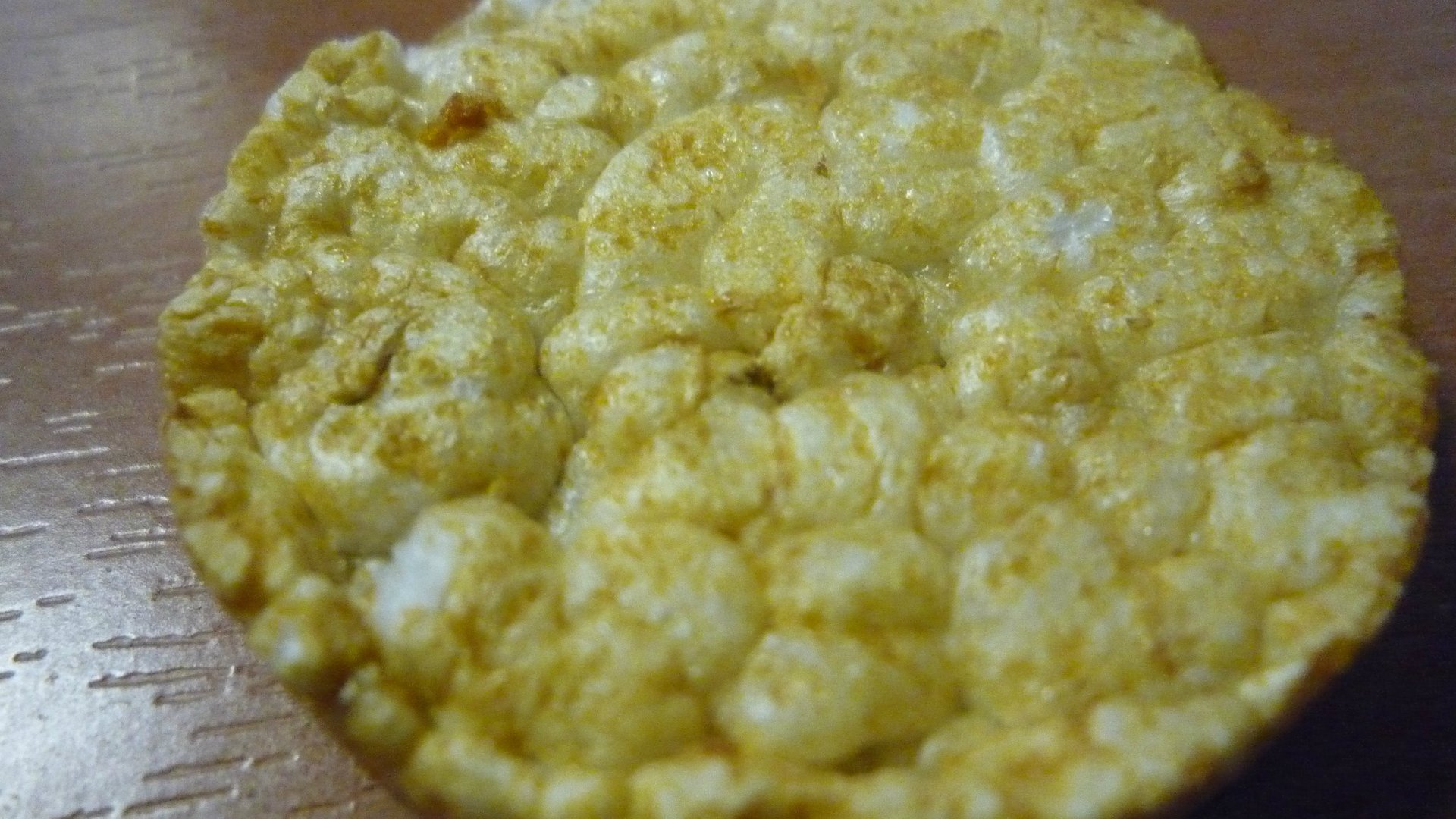Your rice cakes are full of arsenic, says the German government
Rice’s arsenic problem just got worse.


Rice’s arsenic problem just got worse.
Since 2012, the gluten-free grain has been under the radar for its high arsenic levels. Now, the German government says the arsenic levels in rice cakes and other rice-based products is even higher than plain old grains of rice.
Earlier this month, the German government’s Federal Institute for Risk Management called for an investigation into ways to minimize the levels of arsenic in rice products, specifically citing rice cakes as a problem. The institute found that “depending on dietary habits, these foods could make a significant contribution to the overall intake of inorganic arsenic… especially in children.”
The high level of arsenic in rice first got major attention back in November 2012, when Consumer Reports published data finding measurable amounts of both inorganic and organic arsenic “in virtually every [rice] product tested,” including organic rice baby cereal and regular brown and white rice, at levels above what is considered safe. (Organic arsenic is less toxic than the inorganic variety but “still of concern,” according to the report.)
While there is no official federal standard for arsenic levels in food in the US, the US Environmental Protection Agency (EPA) limits what is allowable in drinking water to a maximum contaminant level of 10 parts per billion (ppb) or 0.010 mg/L. The Consumer Reports tests found significantly higher levels than that, including a total of 210-282 ppb in Whole Foods’ 365 Every Day Value Long Grain Brown Rice and 149-274 ppb in Earth’s Best Organic Whole Grain Rice baby cereal.
Arsenic gets into rice through the soil it’s grown in, thanks to its use in things like animal feed, and the production of glass, electronics, and semiconductors. “The US is the world’s leading user of arsenic, and since 1910 about 1.6 million tons have been used for agricultural and industrial purposes, about half of it only since the mid-1960s,” according to Consumer Reports. Even though using arsenic products as insecticides was banned in the 1980s, their residues remain in the soil today. Plus, arsenic is still allowable—and common—in animal feed both for disease prevention and growth promotion. When excrement from those animals is used as fertilizer, the arsenic goes into the soil, and then into the crops being grown. And rice, unfortunately, is better at absorbing it than other plants.
Inorganic arsenic, found in most of the products analyzed in 2012, is considered a Group 1 carcinogen by the United Nations’ International Agency for Research on Cancer, but representatives of the American rice industry told Consumer Reports there was no reason to worry. “There is no documented evidence of actual adverse health effects from exposure to arsenic in U.S.-grown rice,” Anne Banville, a vice president at the USA Rice Federation, a rice industry trade association, told Consumer Reports.
In March 2014, the European Food Safety Authority published a separate study finding that “the highest dietary exposure to inorganic arsenic was estimated in the younger population,” and pointing to non-rice based grain processed products, rice, milk and dairy products and drinking water. That November, Consumer Reports followed up with another report, which included a focus on levels in food for children, who have much lower recommended maximum intakes. The EPA has also concluded separately in 2012 that “rice consumption may expose children to arsenic.”
Following the European Commission’s filing of a draft regulation with the World Trade Organization in March to set maximum levels for inorganic arsenic in rice and some rice products, the German government’s Federal Institute for Risk Management issued its call to action. It specifically noted that, though the reason is unknown, the levels of inorganic arsenic in the tested rice products was actually higher than in grains of rice and asks the makers of rice cakes to provide an explanation.
The featured photo was shared by Ambernectar 13 on Flickr under a Creative Commons license. It has been cropped.